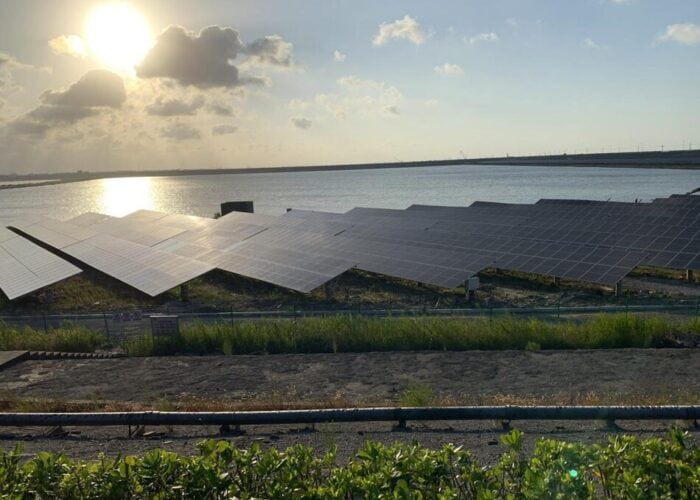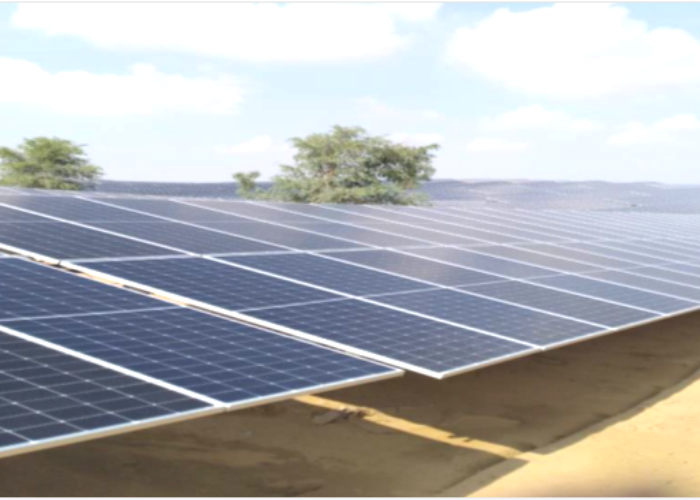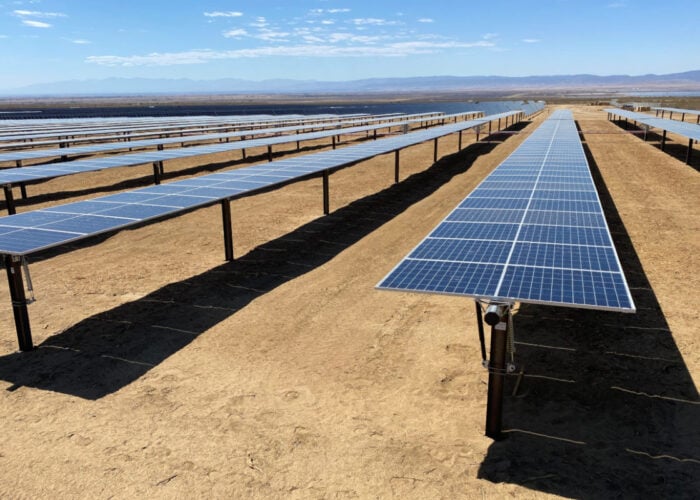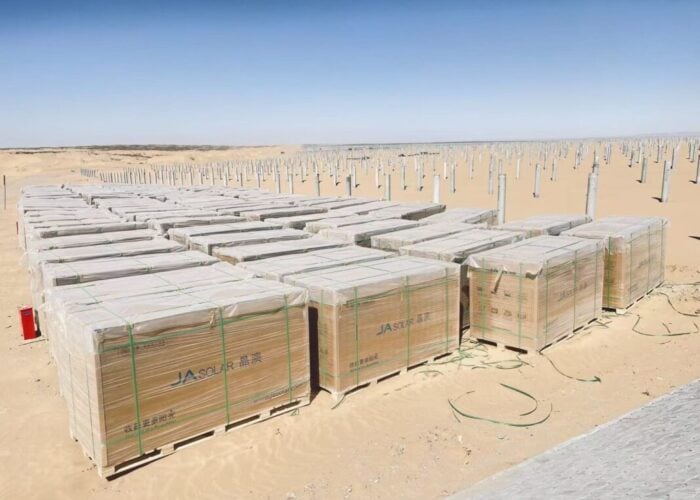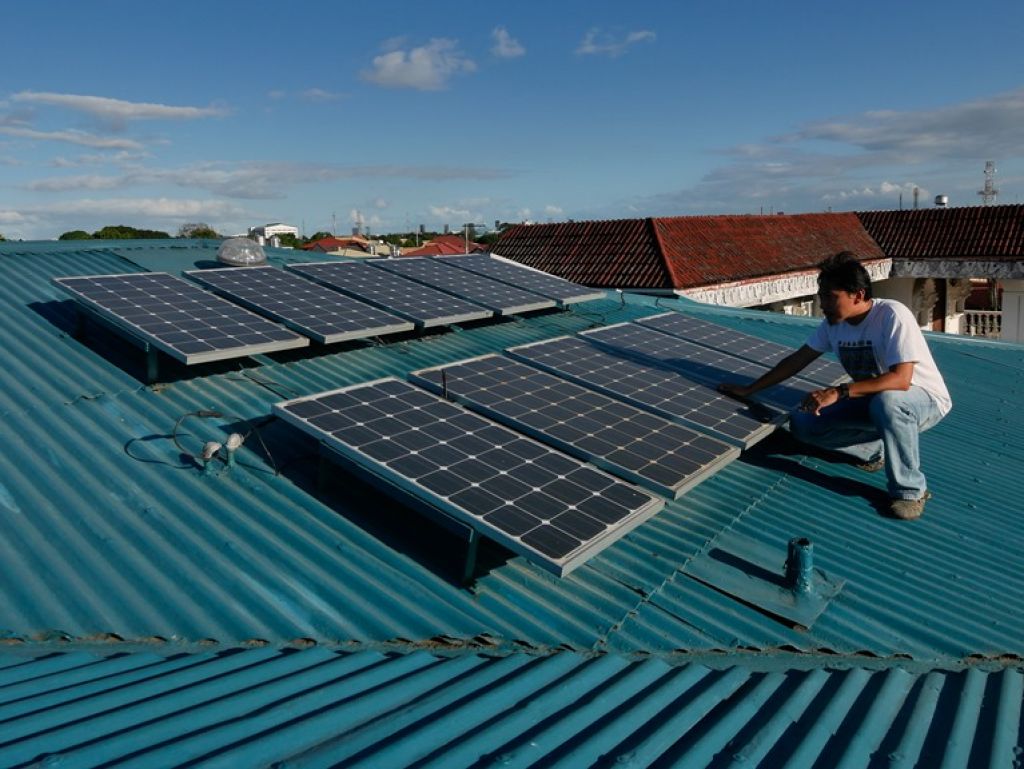
Clean energy market research firm Mercom India has published its latest research into rooftop solar in India. The findings show that India installed 367MW of new rooftop capacity in the first quarter of 2024.
This installation total represents a 10% decline from the capacity installed in the final quarter of 2023 and a 24% decline year-on-year. This is the third consecutive quarter that Mercom’s figures have shown declining additions in the Indian rooftop solar sector, which has grown to a cumulative operational capacity of 10.8GW. In the latest quarter, rooftop solar accounted for just 3.7% of India’s total solar installations.
Unlock unlimited access for 12 whole months of distinctive global analysis
Photovoltaics International is now included.
- Regular insight and analysis of the industry’s biggest developments
- In-depth interviews with the industry’s leading figures
- Unlimited digital access to the PV Tech Power journal catalogue
- Unlimited digital access to the Photovoltaics International journal catalogue
- Access to more than 1,000 technical papers
- Discounts on Solar Media’s portfolio of events, in-person and virtual
Or continue reading this article for free
The rooftop solar sector continues to be concentrated in a number of states, with Gujarat, Maharashtra, Rajasthan, Kerala and Karnataka responsible for 67% of new rooftop additions in the most recent quarter. The ten largest states by rooftop solar capacity also accounted for 77% of the cumulative rooftop solar installations as of March.
However, the relative struggles of the rooftop sector do not mean that Indian solar, in general, is performing poorly. As the graph above demonstrates, the first quarter was a record-breaking one for Indian solar, with the addition of 10GW of new capacity to the sector, a quarter-on-quarter increase of 400%.
Much of this growth stems from the temporary easing of the Approved List of Models and Manufacturers (ALMM), a piece of Indian legislation to prioritise the use of renewable energy technology built in India, that was suspended to encourage growth in the Indian renewable energy sector.
The ALMM came back into effect on 1 April, the day after the period covered by Mercom India’s figures, and the removal of overseas modules, notably from China, could lead to installation figures more in line with historical precedent in the coming quarters.
While government attention has been a boon for the solar sector in general, similar legislative support could be necessary to aid the rooftop sector. Last November, the Council on Energy, Environment and Water (CEEW), a policy research institute, noted that India’s rooftop installations could reach 32GW if the Ministry of New and Renewable Energy subsidises rooftop projects. Without these subsidies, CEEW expects almost negligible growth in the rooftop sector, expecting installed capacity to be no higher than 11GW.

